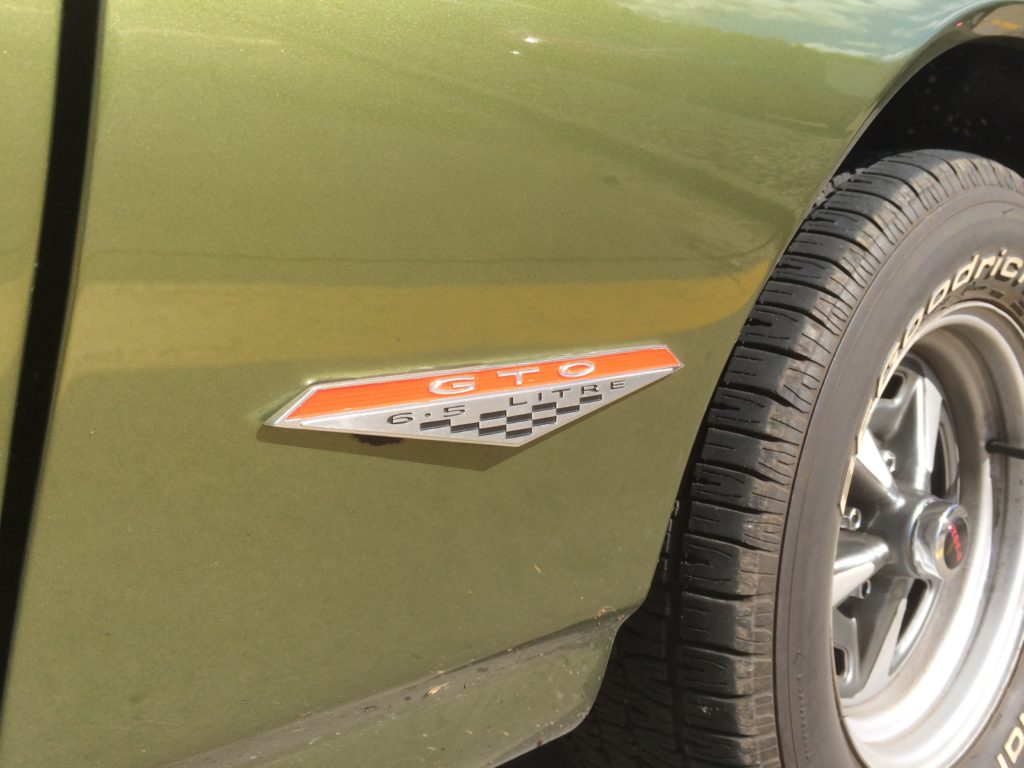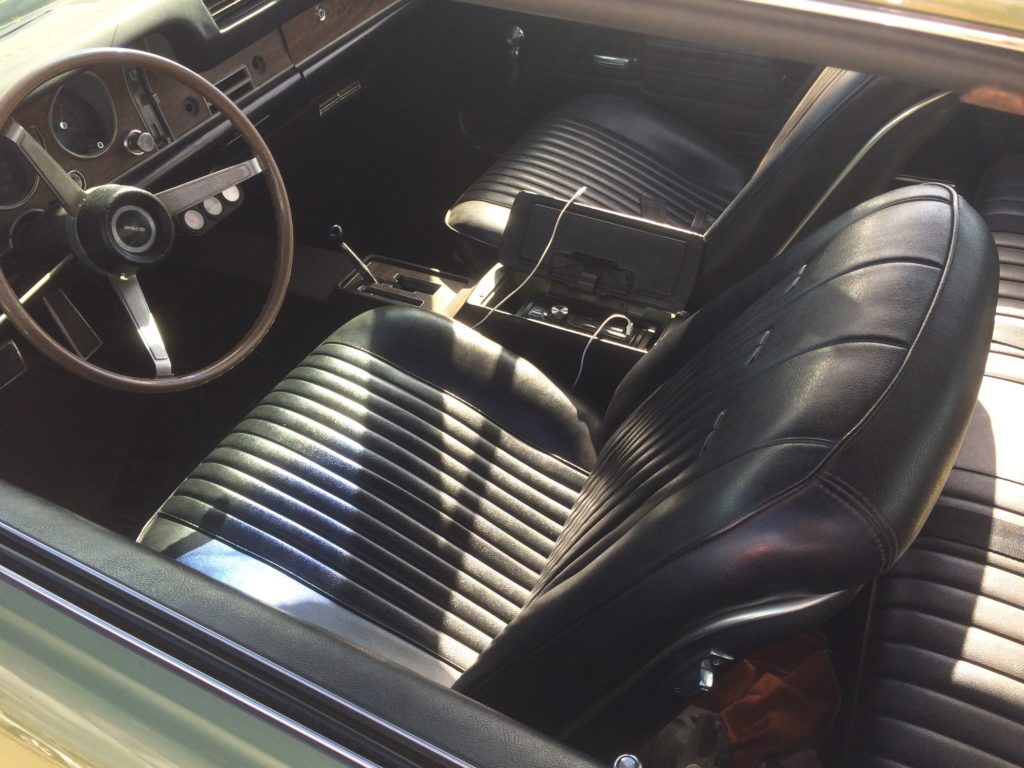For many folks, the Pontiac GTO is the archetypal muscle car, oozing equal parts power and style.
But in 1968, the Pontiac GTO added practicality to that mix, in the form of its Endura front bumper.
All of GM’s A-bodies (including the Chevelle, Cutlass, and Skylark) were completely restyled for the 1968 model year. Pontiac’s A-body, the Tempest/LeMans, got the same updates too—but only the GTO earned the aforementioned Endura bumper.
According to the book “Pontiac GTO: The Great One” by Steve Statham, Endura was a new urethane material that was rigid enough to retain its shape, yet flexible enough to absorb minor impacts.
Pontiac’s marketing materials boasted that the new bumper would withstand strikes from a sledgehammer and rebound without harm—making small dings and dents from shopping carts and mailboxes a thing of the past.
Use of Endura bumpers grew, and you can see them on later Camaros, Firebirds, and Corvettes as well. The adoption of federally mandated 5 mph crash bumpers in 1973 and ’74 helped new types of bumpers proliferate, as manufacturers worked to meet stricter safety regulations.
The original “Endura” material evolved throughout the 1970s, giving way to more resilient compounds. The refinement eventually resulted in the modern ABS plastic used in automotive body panels today.
And it all started with the 1968 Pontiac GTO.
We found this one at Summit Racing’s Retail Store in Tallmadge, OH.
Though its license plates confirm a 1968 model, it’s easy to tell a ’68 car thanks to its front-vent windows.
It’s got a Pontiac 400 c.i.d. engine and we’re pretty sure the shifter is controlling a GM Turbo-Hydramatic 400 automatic transmission.
Fun Fact: In 1968, you could actually order an “Endura-delete” option, which gave you the identical chrome grille treatment of the lower-trim Tempest/LeMans.
So, if you ever accidentally back into a light post or lawn mower, and your car’s bumper remains unharmed, thank a Pontiac GTO and its Endura bumper for keeping you out of the body shop.









The bumper was a hard rubber
You’re exactly right Wayne, urethane is considered a man-made rubber.